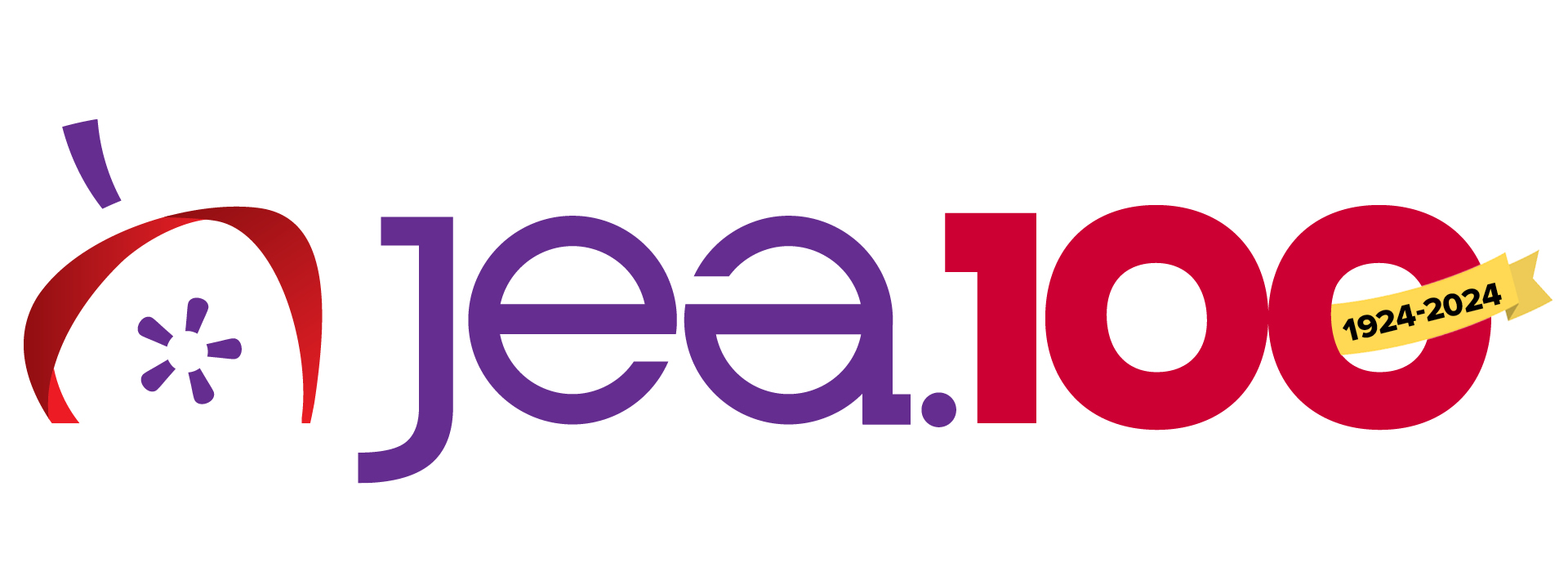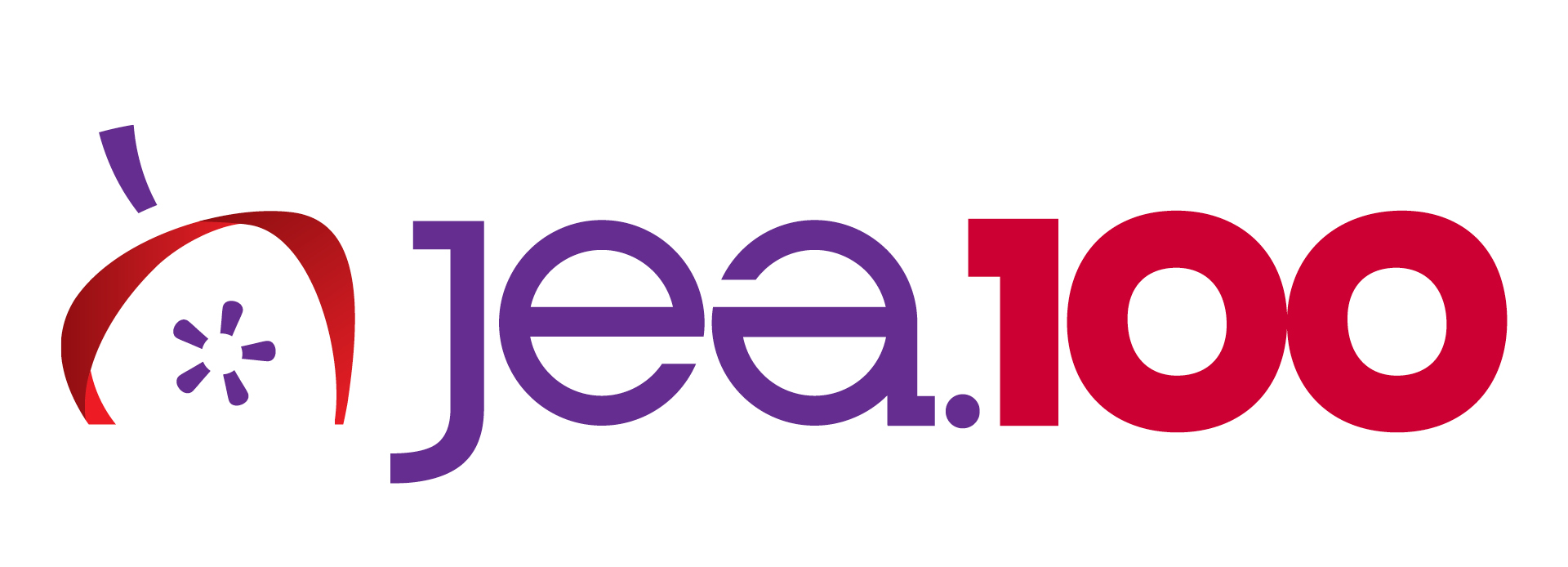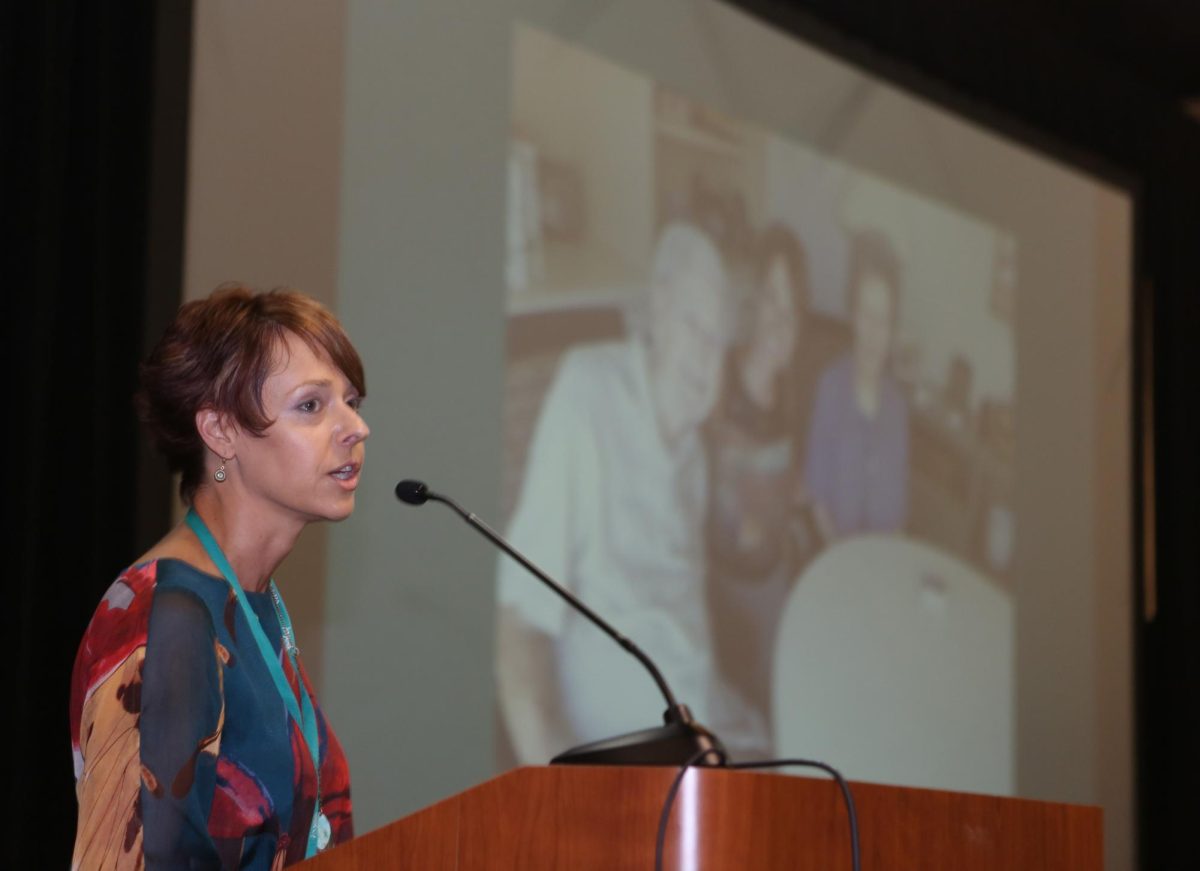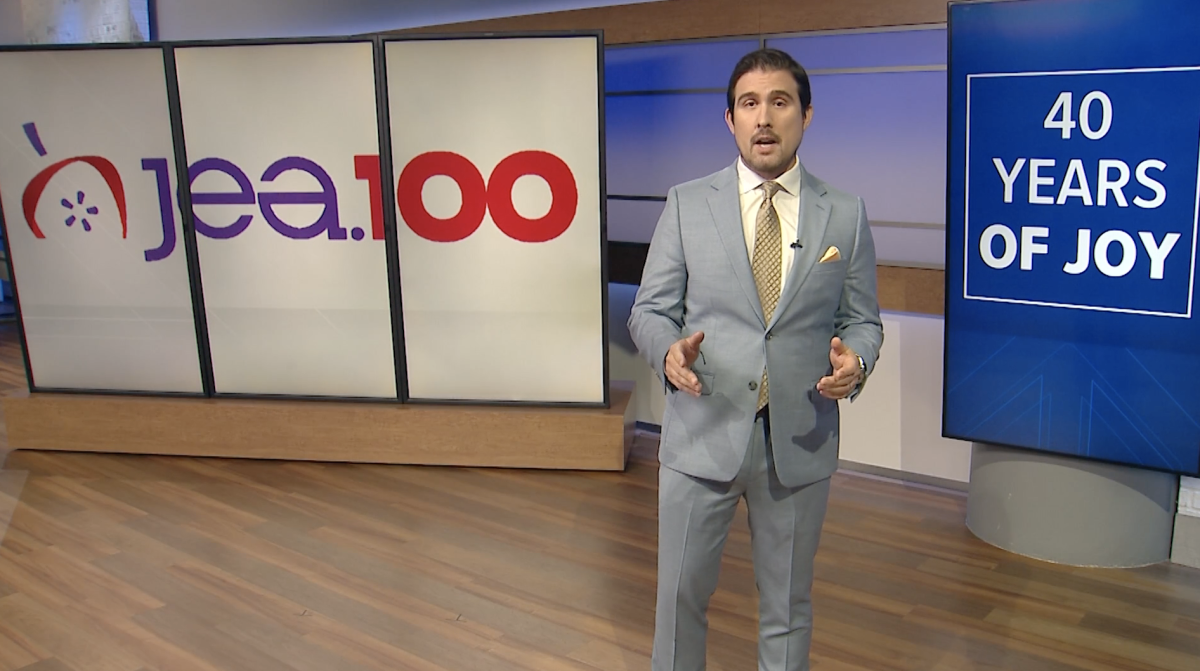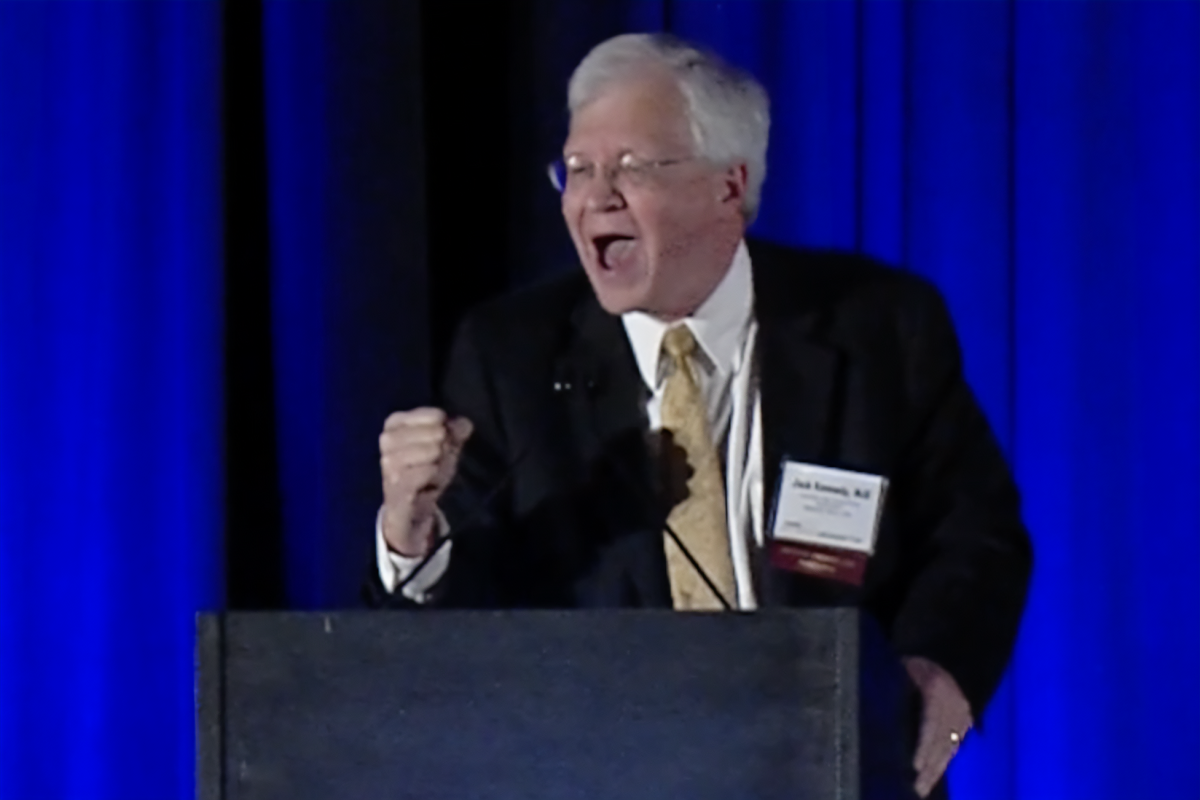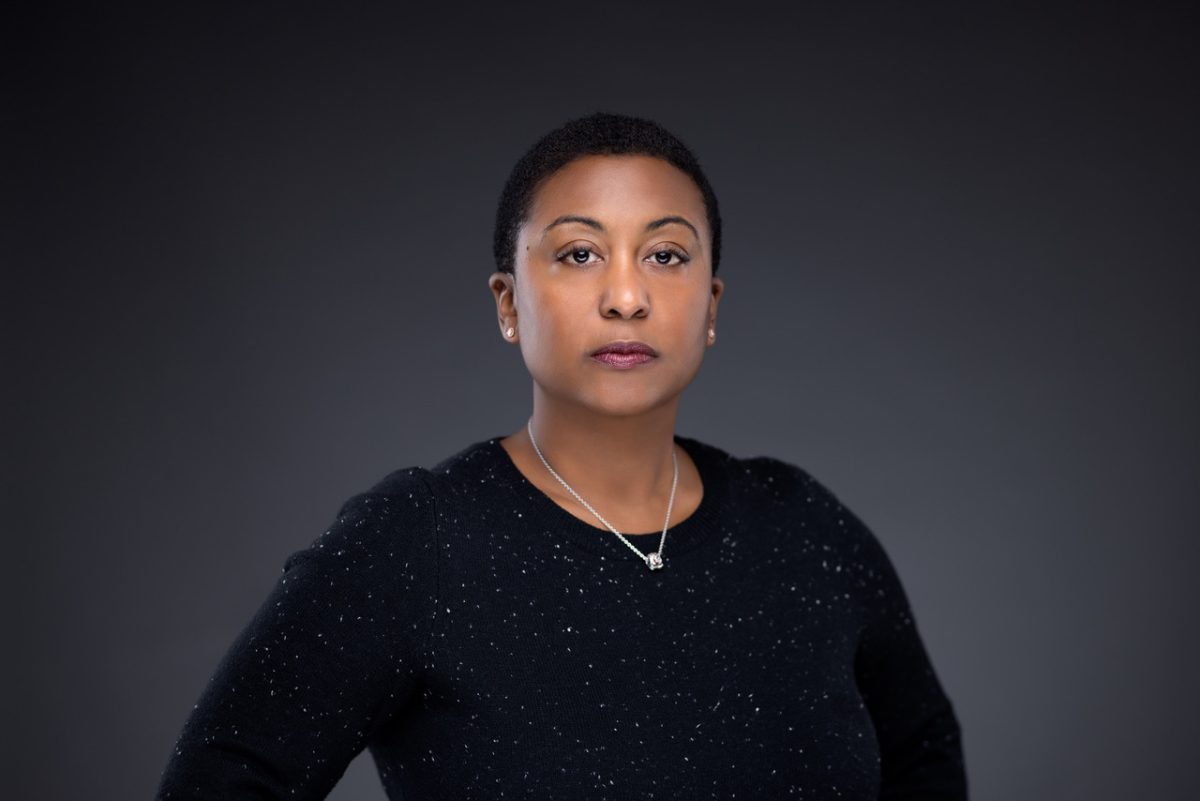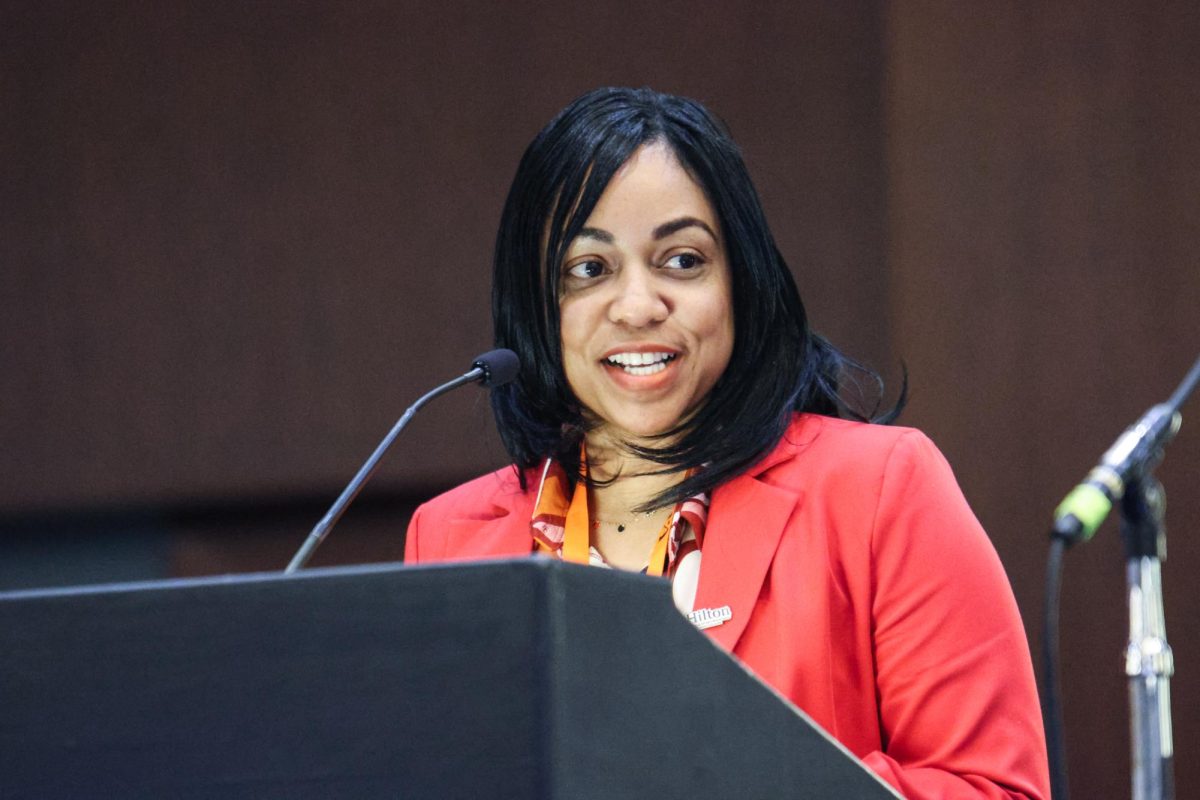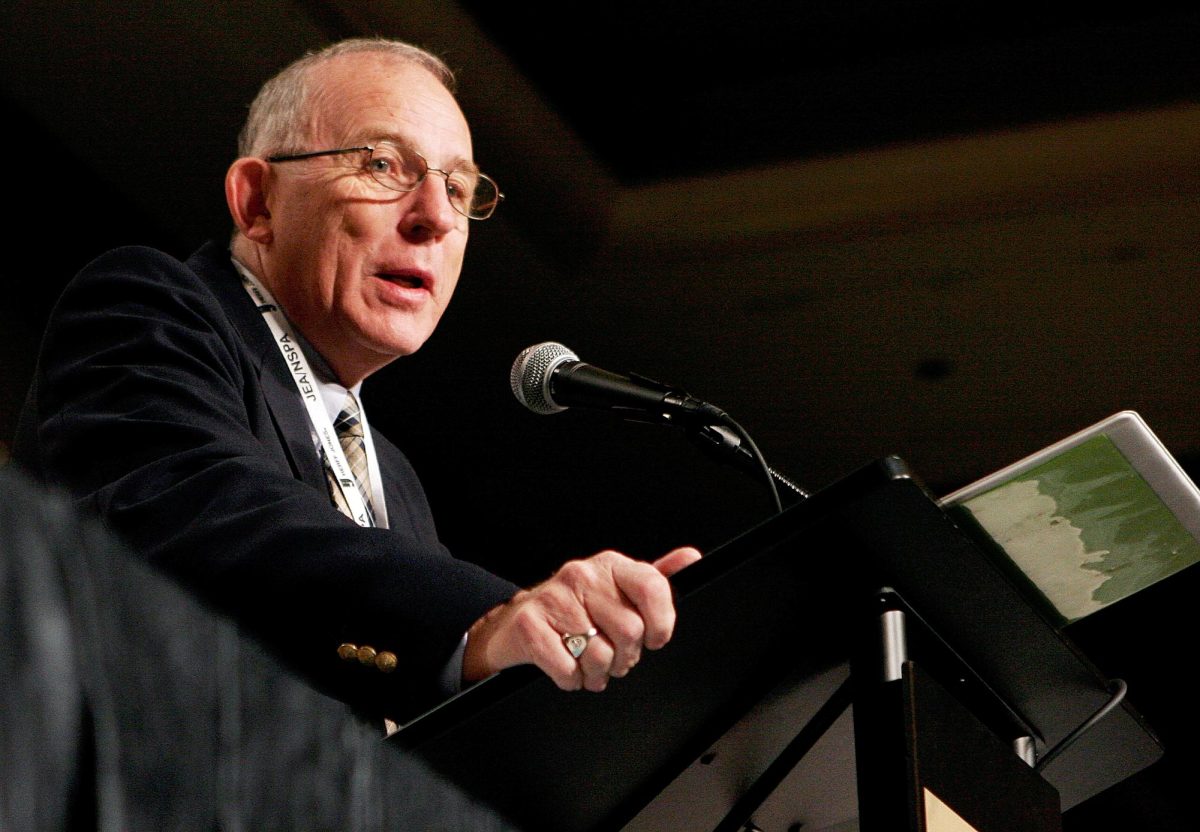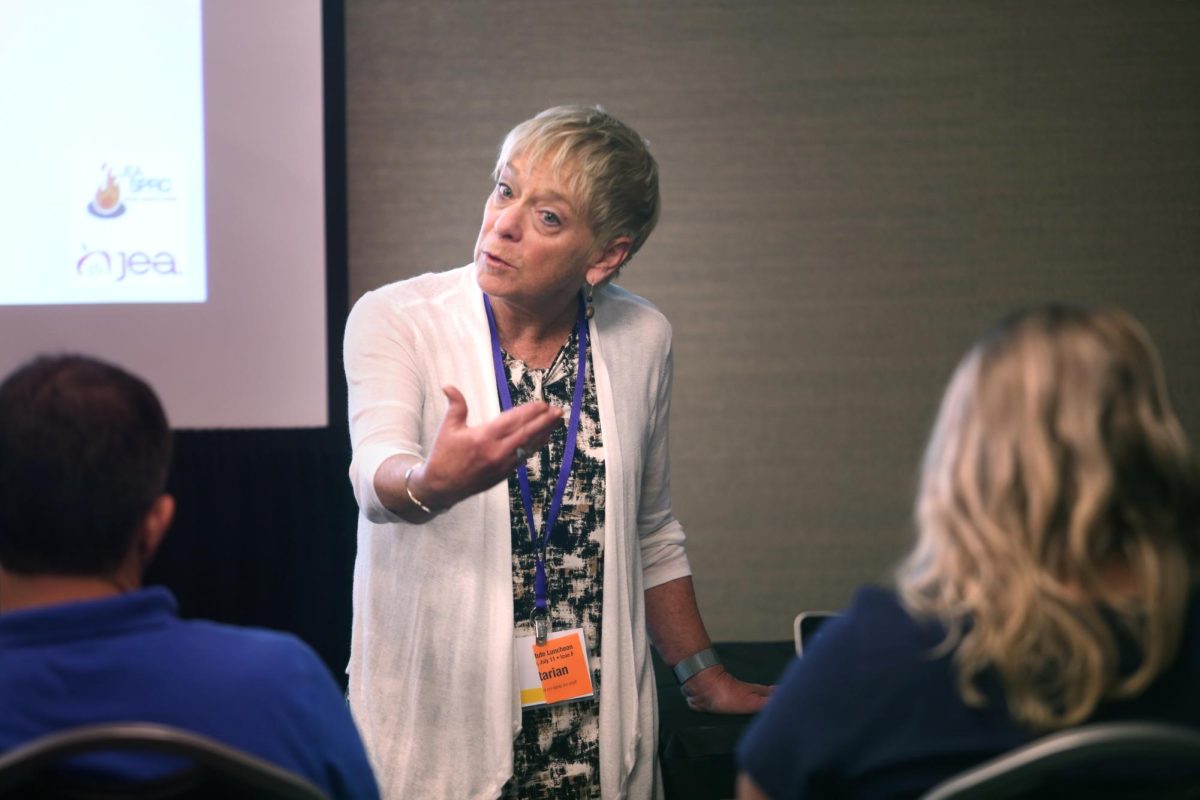Inspired by her high school adviser, Mark Herron, Sarah Nichols knew as a senior her profession would be journalism education. What she didn’t know, was the effect her career would have on scholastic journalism and the Journalism Education Association.
Her journey to JEA took her from being a high school delegate at two conventions and a teacher delegate her first year of teaching, to being a JEA member, state director, committee member, a 12-year board member and from 2017-2023 president. During that time her vision and collaborative leadership style shaped the direction and focus of the organization. Even before she was president, JEA recognized her service to journalism educators by presenting her with the 2015 Carl Towley award.
When did you know journalism education was the profession for you?
My first taste of scholastic journalism was as a high school junior when I served as the people section editor on Elkonian yearbook and fell in love with every part of the experience, attending the fall convention that year in Washington, D.C. By the time I attended the Dallas convention the following year as a senior and editor-in-chief, I had already been accepted to Indiana University where I planned to major in journalism education and follow in the footsteps of my high school adviser, Mark Herron.
How has JEA influenced your teaching career?
It’s no exaggeration to say JEA involvement has been the biggest influence on my career, hands-down. Each door I stepped through led to another, from presenting sessions and serving as a Journalist of the Year judge to attending committee meetings and later applying to serve as California’s state director before running for an elected position. While I was already extremely active professionally as a summer workshop director and curriculum author, the involvement with JEA in my first few years teaching is what tied me to the profession and built lifetime relationships based on service and commitment to the importance of scholastic journalism education. In some ways, getting more involved kept making me a better teacher and adviser year after year, as I learned from new friends and expanded my perspective. Jokingly I add that as I expanded and deepened that involvement, it also felt a few times like I was destroying my career … given that the demands of national leadership can be all-consuming, which takes a toll on advising student media. Being an active teacher-adviser during my years of JEA leadership ultimately taught me so many valuable life lessons as a teacher, adviser, parent and teammate, all of which helps me be a better JEA Mentor in the present.
During your time as president, JEA and the world experienced some challenging times. What do you see as the major accomplishments for you and the board?
So much happened in those six years. Is it too much to say “surviving” is my most important accomplishment? On a serious note, I feel good about JEA’s ability to navigate the pandemic, multiple changes in headquarters staffing and deep budget cuts, develop and execute virtual programming, expand diversity efforts and maintain important partnerships while keeping teachers and their students at the heart of every decision.
You served on the board for 12 years, during that time you saw the focus of the organization adjust to current needs. What should be JEA’s focus moving forward?
We need to continue to find ways to get more students into careers in both journalism and education. America needs journalists, and America needs journalism teachers. The field needs diverse representation to reflect today’s classrooms. As an association, our outreach, mentoring, curriculum and convention programming should continue to address diversity and bring people into our community so they see the benefits of scholastic journalism and have a support system at every level.
